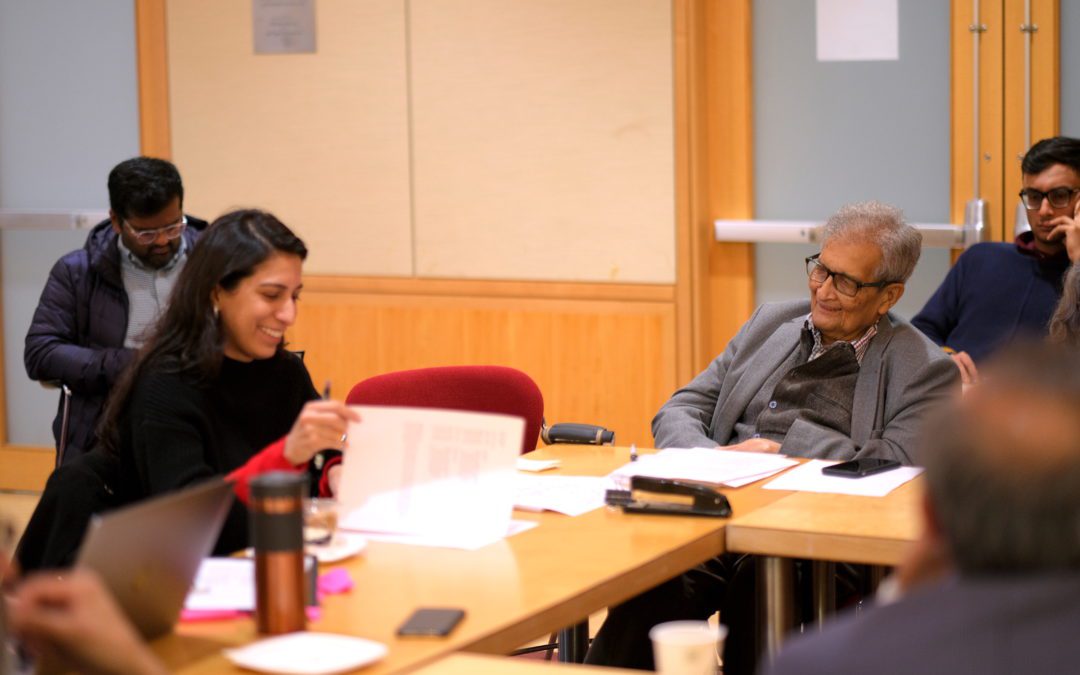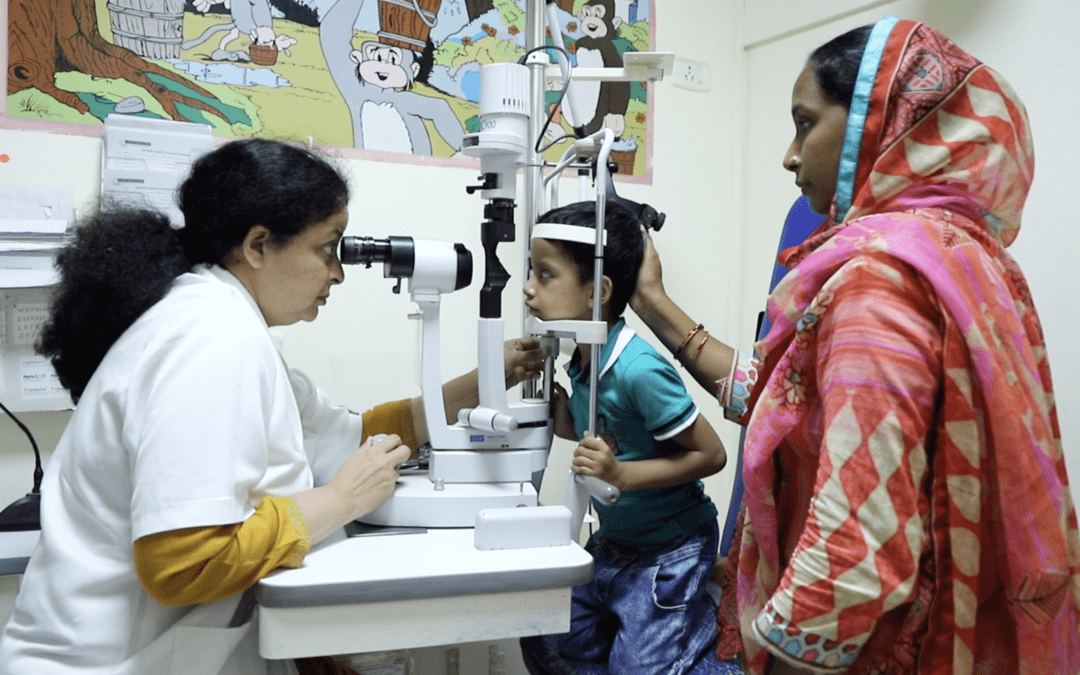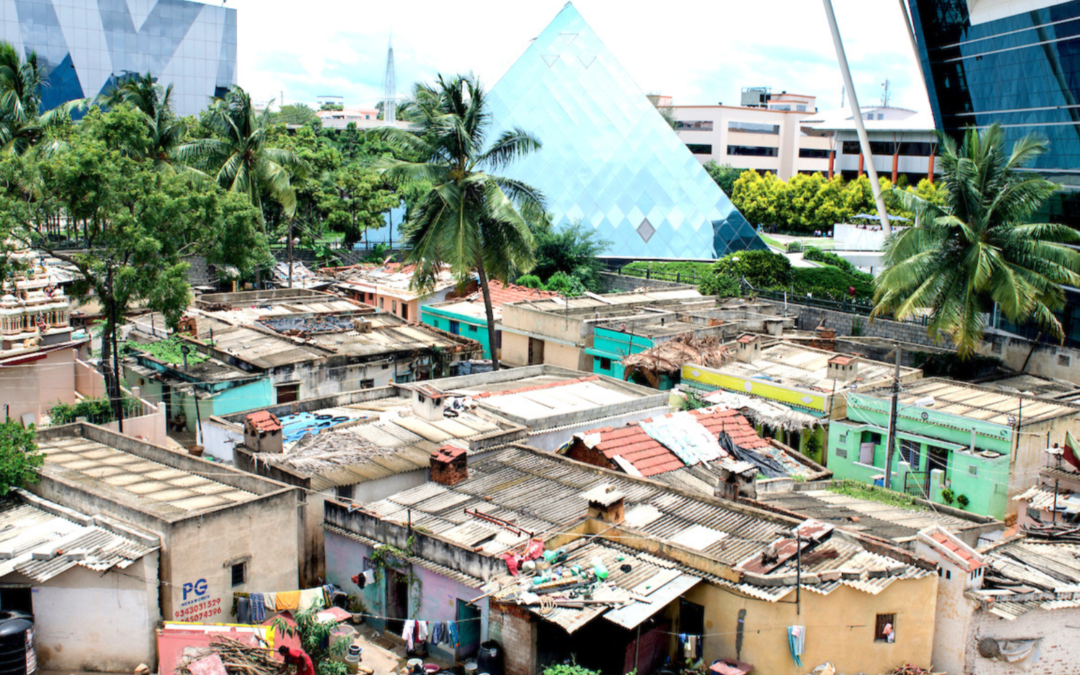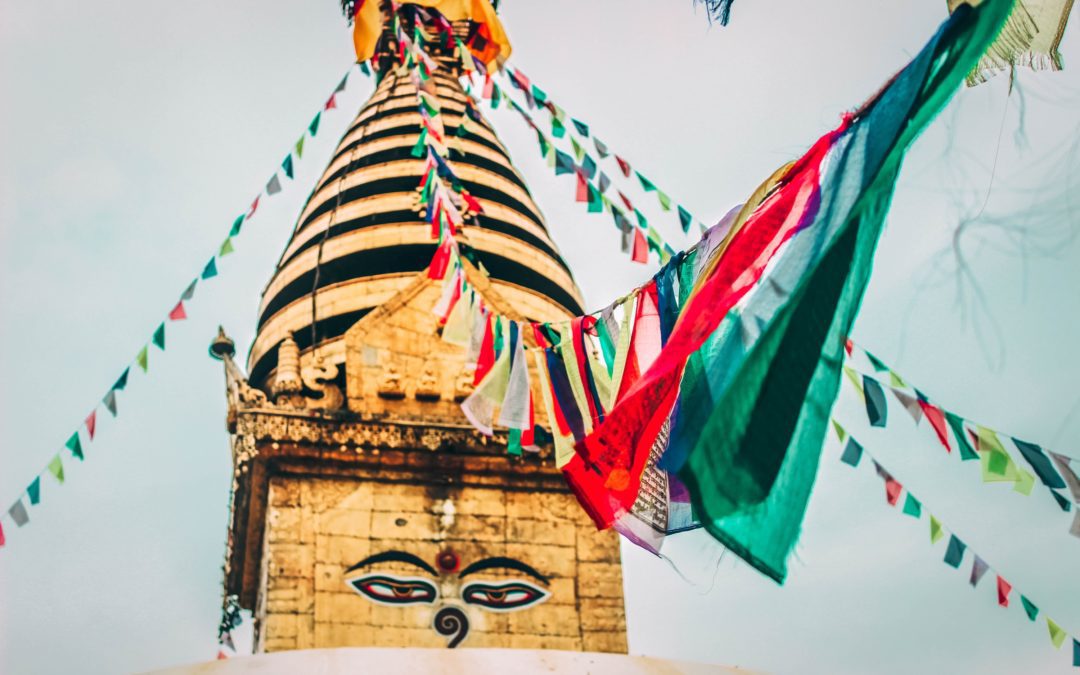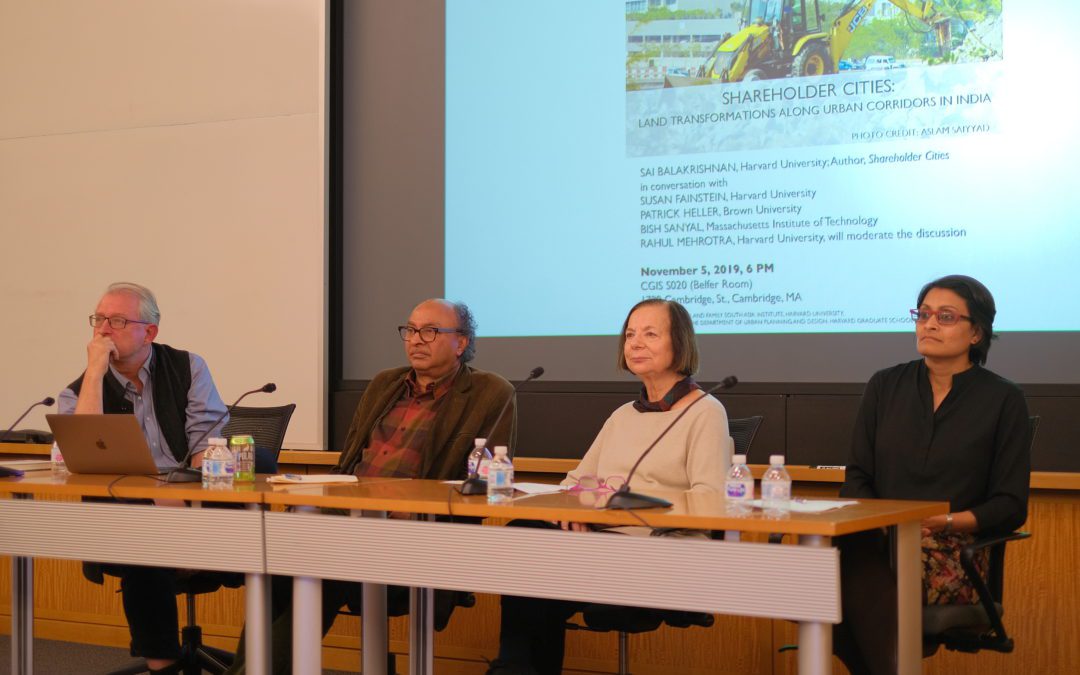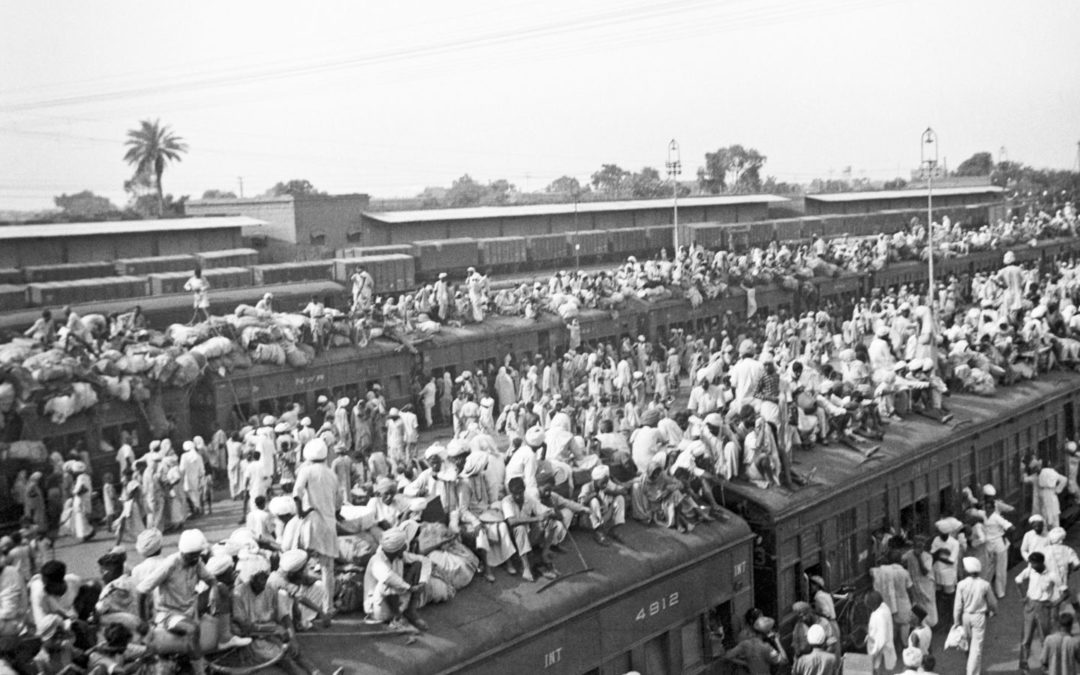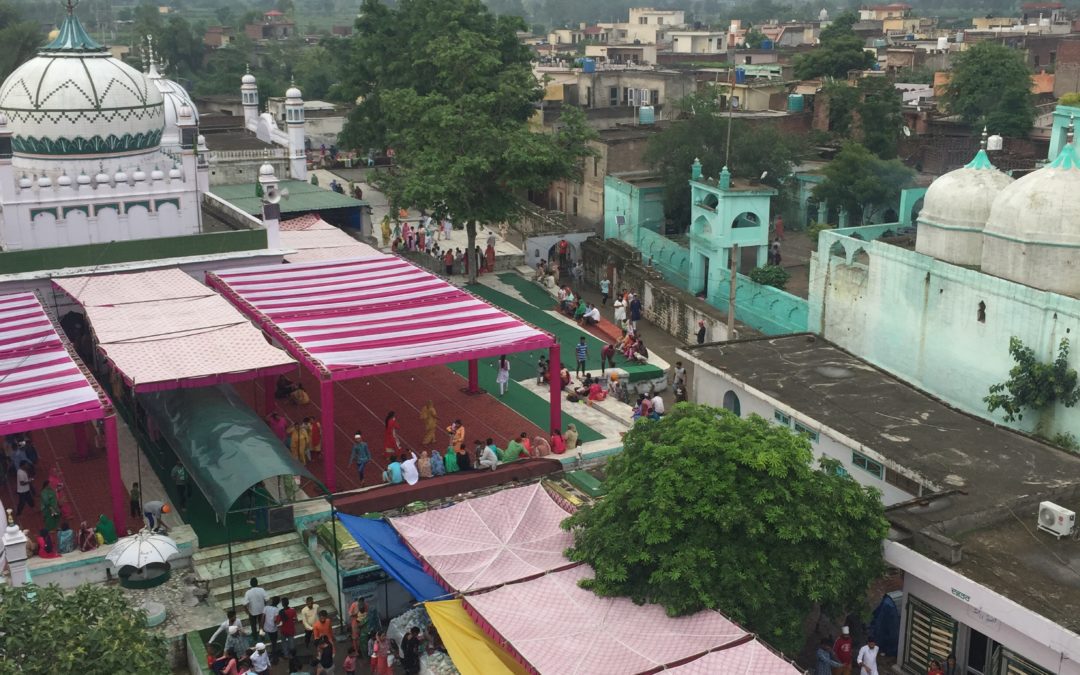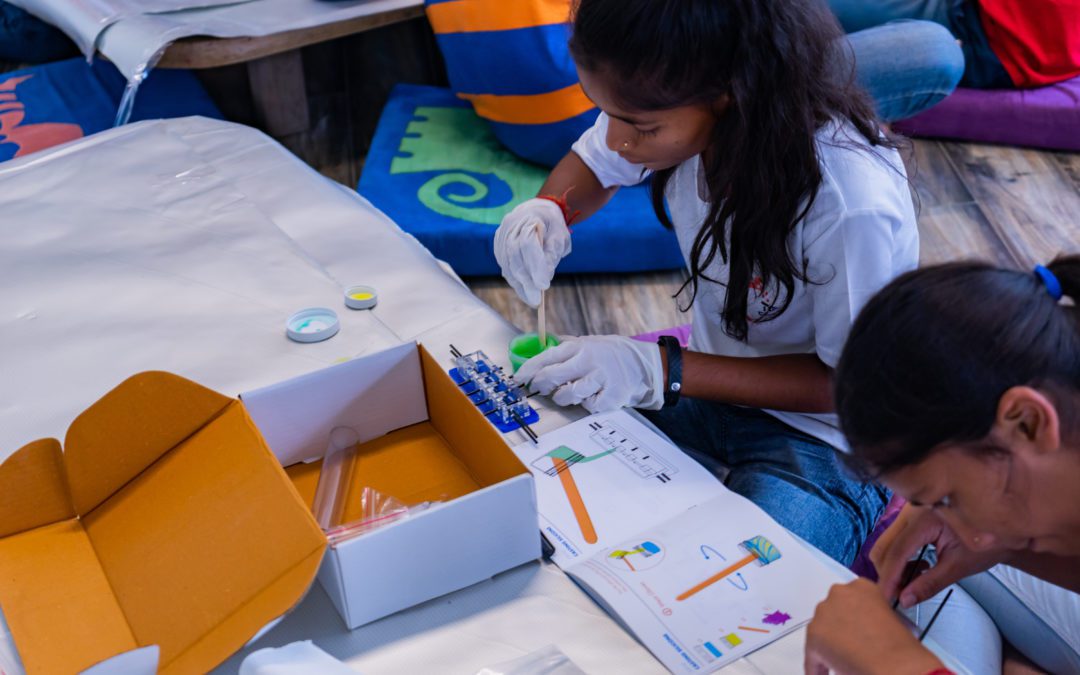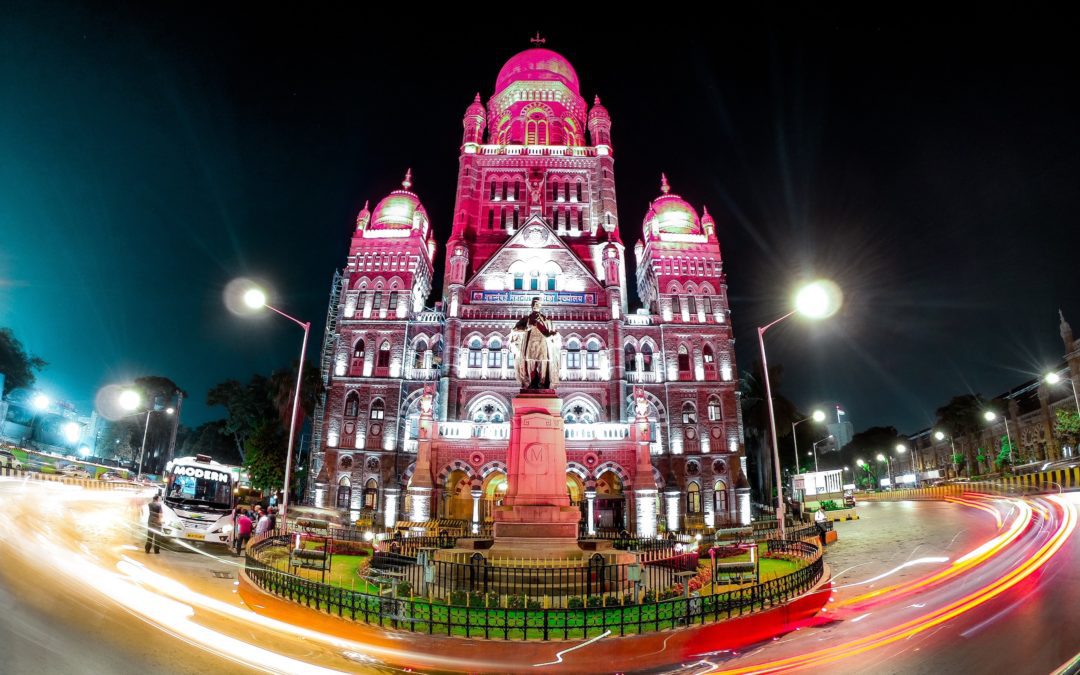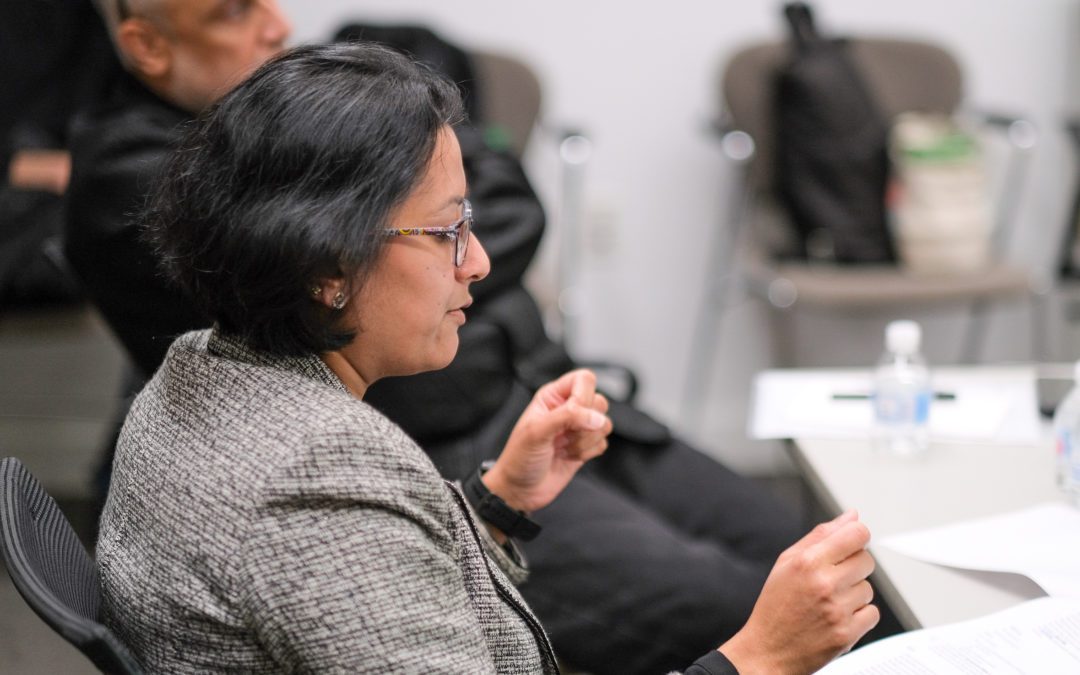Unveiling the Voices of Women and Marginal Characters in the Mahabharata
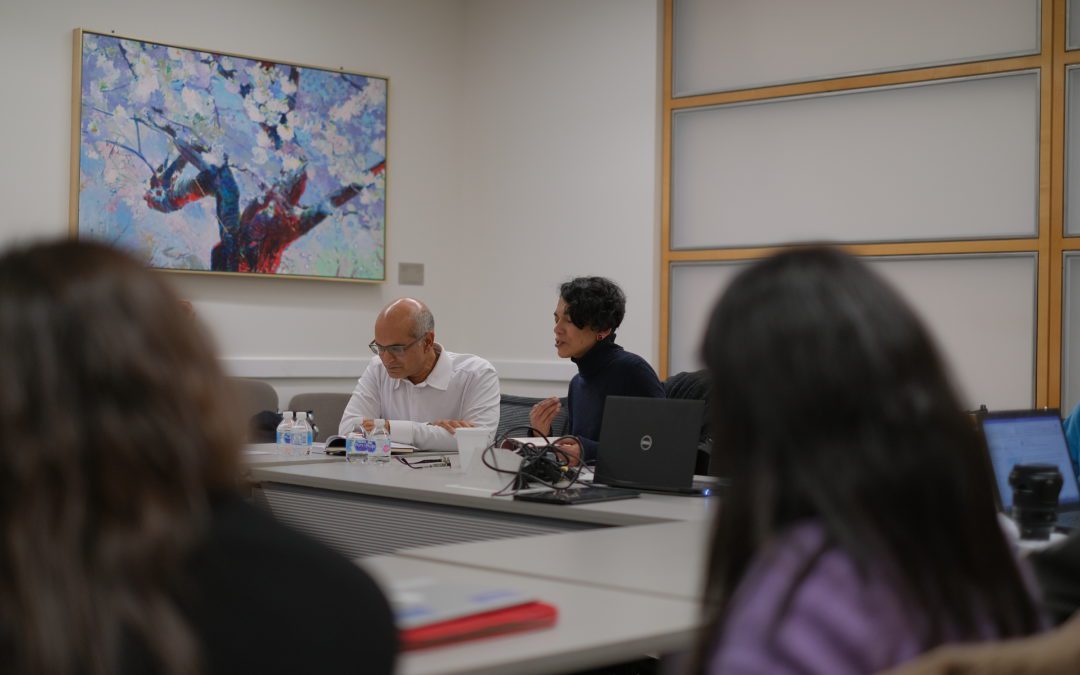
Earlier this week, we were joined by Karthika Naïr, author and poet, for an in-depth discussion on her latest book, Until the Lions. In the book, Naïr retells the story of the Mahabharata through the embodied voices of women and marginal characters. In conversation with Professor Parimal Patil, Professor of Religion and Indian Philosophy at Harvard University, and with the audience, Naïr brought these voices to life.


